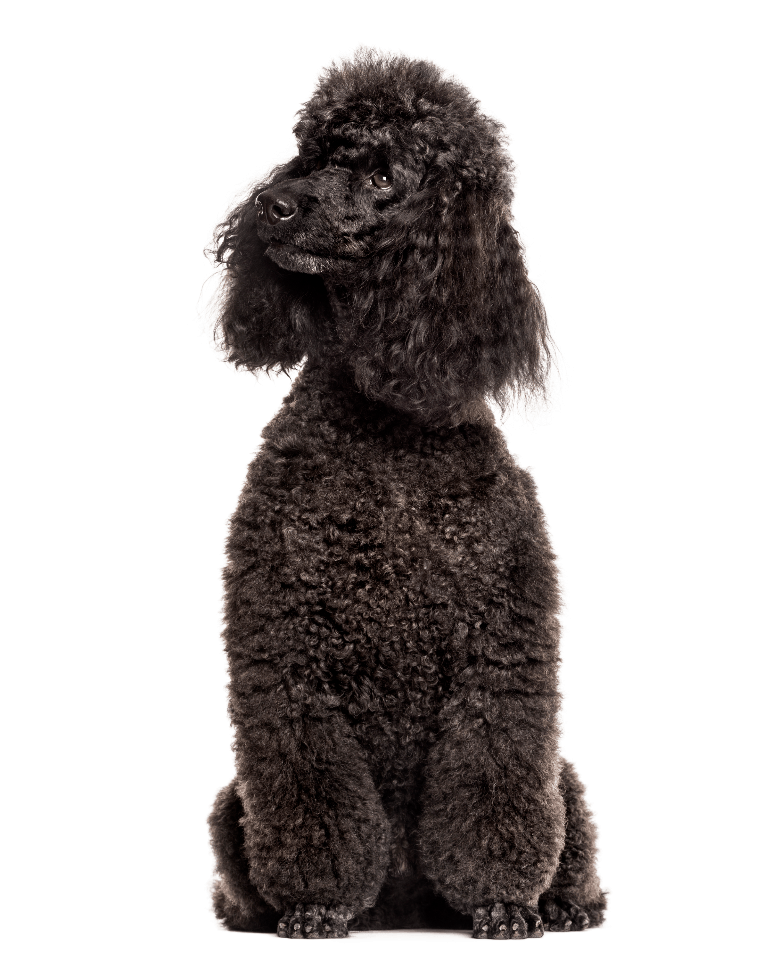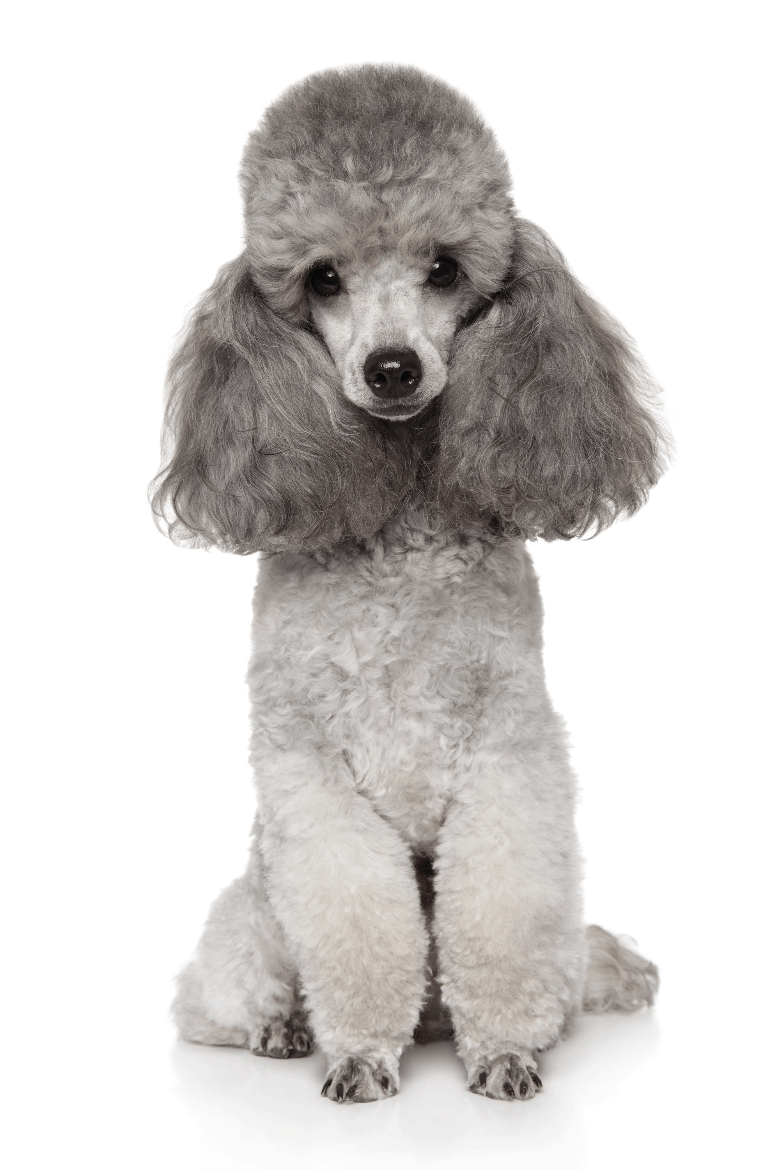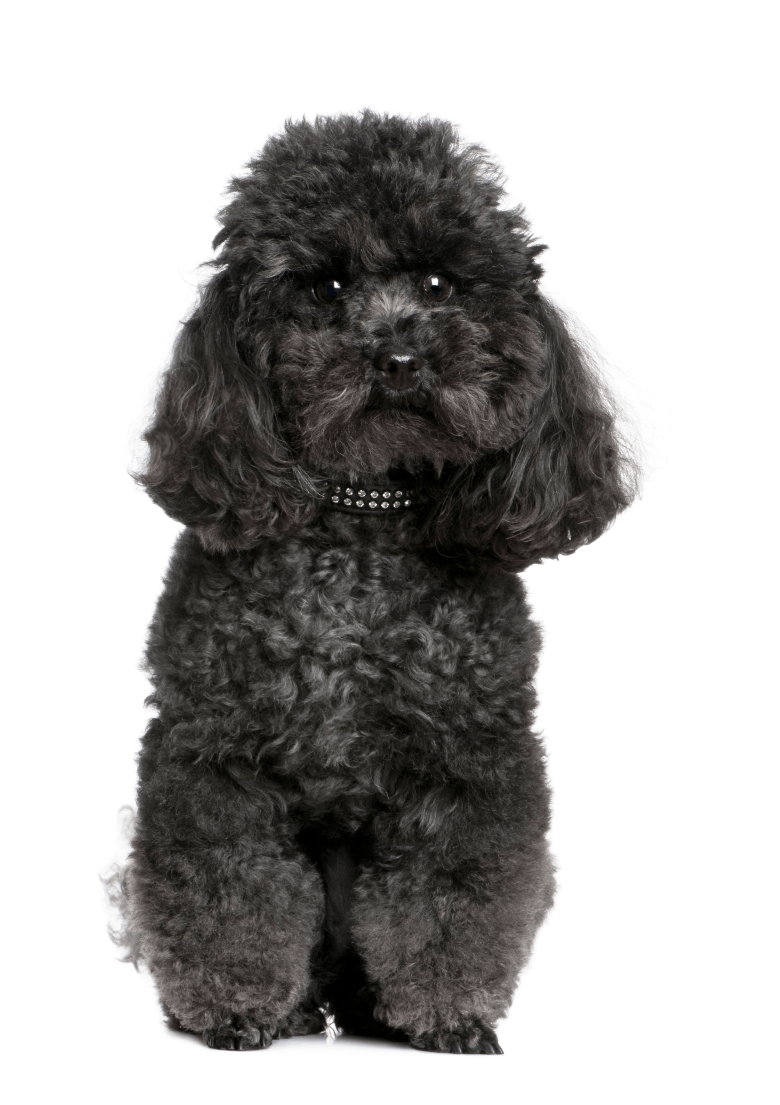Poodles come in a ton of colors and while they are all beautiful in their own way, it can be difficult to decide. Today we are going to talk about the black poodle and what sets it apart from some of the other colors you may be familiar with. The breathtaking solid jet black and bright snowy pure white poodles are the two most common poodles.
Believe it or not, there may be times where a black poodle can be confused with another colored poodle. Interestingly enough you maybe even more surprised to know that poodles have 2 coats of hair. This includes an inner and outer coat.
A true black poodle is of a deep dark inky black with black points and very dark brown eyes. The outer coat will not have any blue or silver tinting and there will not be any white or silver guard hairs at all. In addition, the face will also be an inky black as well. It’s important to note that true black poodles will not “clear” or “fade” as the dog transitions from puppyhood to maturity.

Why is my black poodle changing colors?
As I mentioned above, there are some situations where a black poodle is not really what it appears. Surprisingly there are 3 different distinct poodles that can be born black.
Blue, silver and true black poodles can all be born black.
There are a few things that you’ll want to take a closer look at in order to determine if you have a true black poodle puppy.
One of the first things that you’ll want to take a look at is the points on the puppy (which should have black points and very dark brown eyes). Secondly, you’ll want to find out the puppy’s pedigree. This will give you a much better idea of what type of puppy you really have.
Blue
All blue poodles are born black and then “fade” or “clear” within 1 to 2 years of age. Since this transformation often takes time and black poodles are registered as black as a result. The outercoat of blue poodles are typically as dark as black poodle’s however, their inner coat is typically a mix of several colors. The amount of variation in color is age-dependent. The older the dog, the more of each color is visible.
As the blue ages, typically a medium brown color becomes more dominate. It’s important to note here that true blues will have blue skin pigmentation and the majority of them have dark brown eyes.
Silver

All silver poodles are born black and then “clear” or “fade” during their first year off life. A silver poodle slowly loses pigmentation from about 90% of the inner coat. These inner coat hairs will become translucent or white depending on how thick the hair follicle. A significant amount of the hair from the outer coat, as well as guard colors, retain most of their color.
How can I make sure my black poodle is not Silver or Blue?
This question is not always easy to answer because there can be many factors at play here. In general, however, you will want to take a very close look at the pedigree of your puppy.
A black poodle that has been bred from a line that includes silver and blue can have a much higher chance of producing a poodle that may not actually be black.
On the other hand, a black poodle that has been bred for color and has several generations of black poodles, chances are you won’t have to worry.
What makes a poodle black?
As with other colored poodles, genetics play a big role in determining the color of a puppy. For black poodles, it has been determined that there are 3 distinct enzymes that must all be present in order to produce a black poodle.
3 Essential Enzymes to produce a black:
- Eumelanin enzyme makes hair either black or brown
- TRP1 enzyme
- TRP2 enzyme
Basically, in order for a poodle to be black, they must have all three enzymes present (Eumelanin, TRP1, TRP2). To break things down a bit more plainly, dogs carry genes from both parents. Naturally, a poodle with two black color genes will be recognized or categorized as having the genotype BB.
Alternately, if a poodle has one black and one brown gene then their genotype would be Bb. With black being the dominant trait over brown. If that poodle were to be bread it has the potential of producing brown puppies depending on the genes present in the other parent.
Do Black poodles Fade?
The short answer is yes. However, how much and under what circumstances is really key here when it comes to whether black poodles fade or not.
Sunlight
You’ll find that poodles that are outside a lot do tend to fade a bit due to sunlight exposure. The effect is not dramatic however it can be noticeable depending on the puppy.
Diet
Another thing that can have a negative impact on coat quality and the color is food. Low-quality dog food can really have an impact on the shine, healthy and color of a coat. This is something that is always easy to determine since a poodle’s nutrition has a huge impact on hair growth etc. You’ll want to ensure that your dog eats the best dog food for poodles.
Age
As your poodle ages, you can expect some fading to occur overall due to the age of the dog. Typically this level of fading is more pronounced in more senior black poodles.
How to care for the black poodle coat?
As with the several other colors that poodles come in the care for the coat is essentially the same. There are however a couple of other considerations you may want to make to ensure your black poodle maintains its’ beautiful rich black color for as long as possible.
- As mentioned above, black poodle coats can become dull or faded over time due to several factors. This, of course, includes sun exposure, poor diet, and older age. A great way to keep the coat as inky black as possible is to use shampoos that have color enhancing properties. These shampoos will not dye the hair but will bring out more of the coat’s natural color and vibrancy.
- Be mindful that the deep inky coats of black poodles are susceptible to light-colored debris, lint, and other fibers. So for instance, if the black poodle often interacts with light-colored carpeting often, for instance, you may find that they appear a little worse for wear at times. This could give the appearance that your poodle may need more grooming attention. If you’d like to minimize this minor nuisance and keep your poodle looking his/her finishing spray works well to help reduce static and the attraction of fine fibers.




